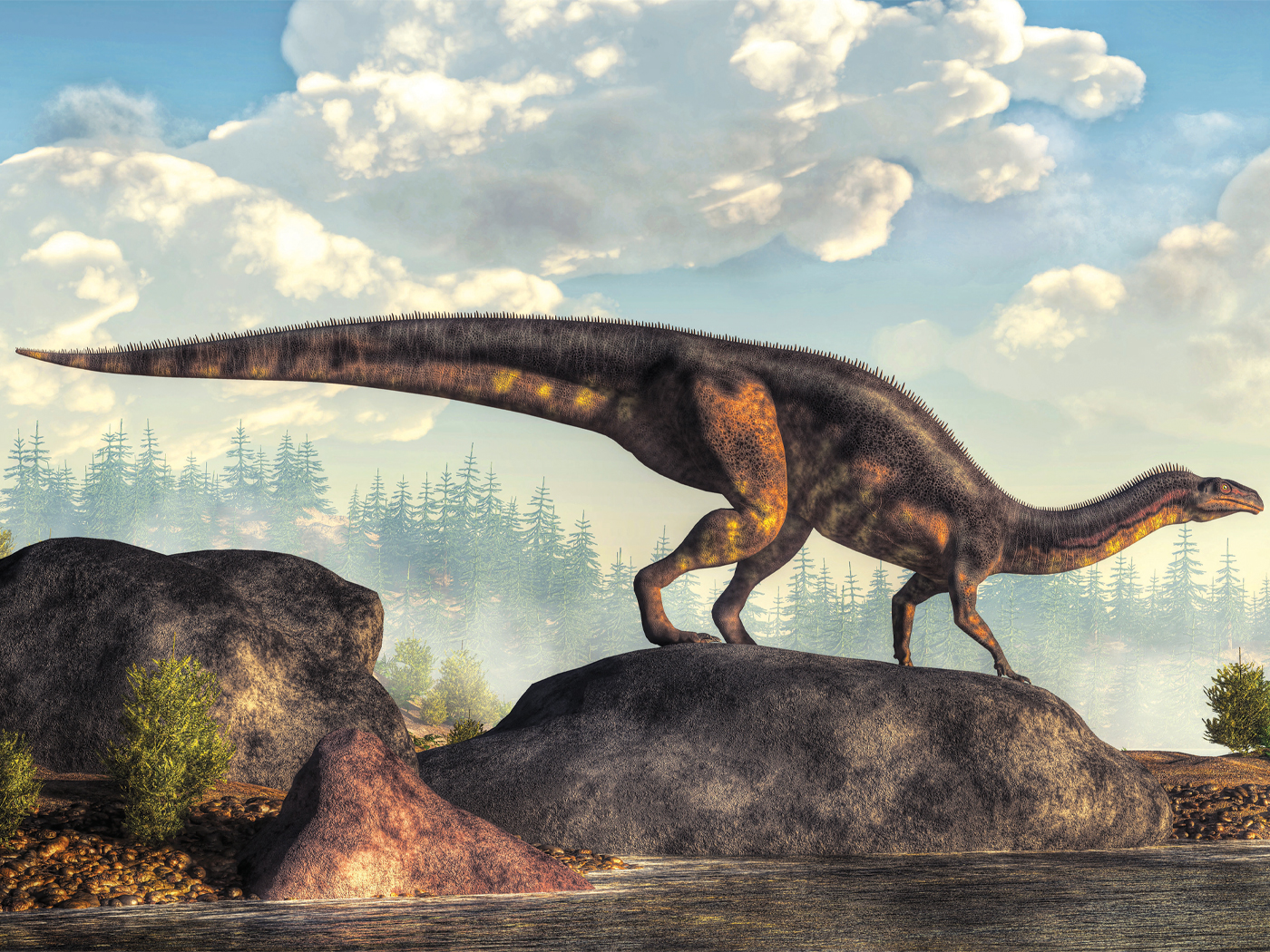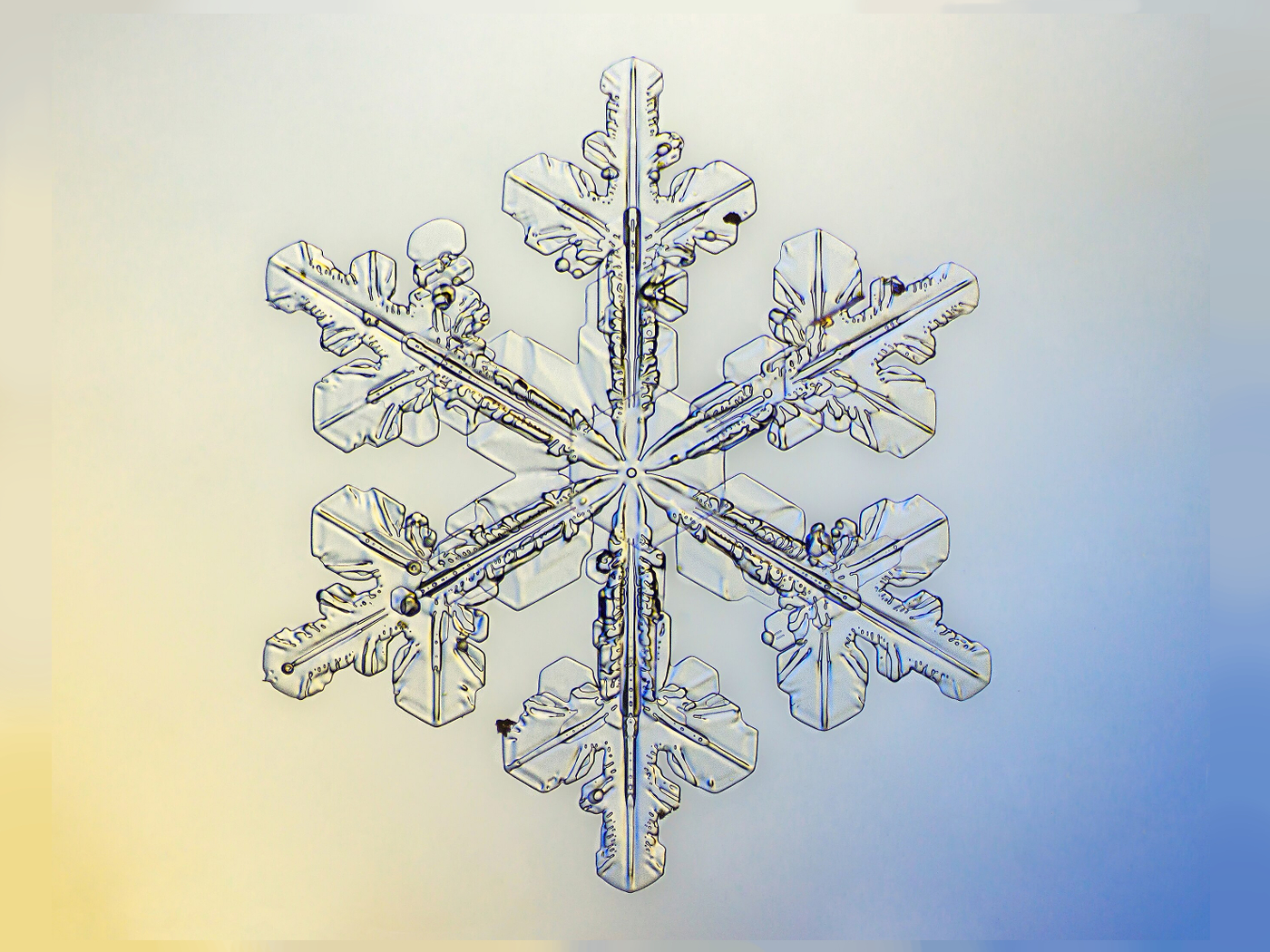Three geologists have reported what they called the first "successful" direct dating of dinosaur bone. Will this new radioisotope dating (or radiodating) technique solve the problems that plagued older dating methods? If history is anything to go by, then the answer is no.
The process generally used to date a fossil is circuitous and subject to differing interpretations. It has involved tracing the related sedimentary rock layer horizontally from the place where the fossil in question was found to a place where it is underlain or overlain (or both) by igneous rock. Igneous rock layers can supposedly be directly dated, so sedimentary layers sandwiched between them are interpreted to have been deposited in between the "ages" assigned to the igneous rocks.
Where igneous rocks are absent, a fossil's "age" is determined by comparing the fossils of one location to those of another, and then comparing those comparisons to charts in books with age assignments provided on the pages. But in standard studies, no age assignment is ever accepted unless it conforms to the "millions of years" doctrine of evolutionary earth history.
World Nuclear News pointed out one of the big problems with this dating approach by saying that the past "methods are far from perfect: it is difficult to gain accurate depositional ages for sedimentary rocks, and matters can be further complicated when millions of years of geologic and environmental forces cause erosion of fossil-bearing strata."1
The authors of the fossil dating paper, first published online January 5 in Geology, suggested that their new direct dating technique will alleviate some of this confusion.2 They highlighted its "success" by contrasting it with the lack of success of prior dating techniques.
It is rare that a weakness in the "millions of years" dating of earth materials is ever mentioned in standard earth science publications. But when this admission of fault occurs, it often accompanies the introduction of a new and supposedly superior dating technique. The problem is that the new technique has in the end always proven to be unreliable. This new direct fossil radiodating technique will no doubt cycle through the same "believe it while it's new until something better replaces it" sequence.
Creation researcher John Woodmorappe reviewed this historical trend, noting that each radiodating technique remains in vogue for one or two decades before its inconsistencies pile up enough to warrant its replacement.3 For example, in the 1940s the U-Th-He method was used. But these tests quickly became notoriously unreliable, as they indicated so many different "ages" for the same rock layer.
So, in the 1950s, K-Ar and Rb-Sr methods became popular among geologists. However, Woodmorappe quoted a radiodating textbook as saying, "The Rb-Sr whole-rock method was widely used as a dating tool for igneous crystallization during the 1960's and 1970's, but lost credibility during the 1980's as evidence of whole-rock open-system behaviour mounted."4 "Open-system behaviour" is a term invoked when the same technique delivers inconsistent age assignments for the same rock. It refers to results that were supposedly thrown off by isotopes added to or subtracted from a sample over time.
In the 1970s, "fission track" dating came along. But the fission tracks' microscopic scars, left in igneous rocks from decaying radioactive atoms, were eventually seen not as having formed when the rock did, but rather as having occurred through some later rock-altering event involving hot water. But again, since nobody was there to observe these events, this could just as well be another excuse used to explain away confusing dating results.
U-Pb and Sm-Nd methods waxed and then waned in popularity in the 1980s. Again, Woodmorappe quoted a field expert who said, "Each of the above dating systems had at some stage...been alleged to be immune from isotopic resetting under subsolidus conditions. Examples to the contrary have been found,"5 thereby rendering the systems unreliable, one by one.
In the study using the new dating technique, many of the individual tests…which were shown as scores of scattered points on an "age" graph…showed the dinosaur bone as clocking in much younger than had been anticipated. The Geology paper used one of the same excuses that have been used so many times when radiodated "ages" of given samples fail to line up with the accepted dates…that something tampered with the bone and thus skewed the results. But what can assure readers that the particular test results chosen by the authors as acceptable were not themselves the result of tampering?
Likewise, what is to stop this new dating technique from repeating the history of past radiodating methods? At this point, nothing. When more results are published, there will be enough "ages" to compare. And when enough of them disagree, either with each other, with older dating results, or with the "ages" set forth in geology manuals, then this new "direct dating" of bone will fade out and another method will no doubt take its place. And when that fails, another, and another.
Instead of relying on a "broken" radiodating clock,6 researchers would be better advised to interpret the geologic record using the framework of biblical history…which matches the evidence indicating that the majority of sedimentary layers, and the fossils they contain, resulted from a global deluge just thousands of years ago.
References
- Uranium technique raises dinosaur question. World Nuclear News. Posted on world-nuclar-news.org February 2, 2011, accessed February 7, 2011.
- Fassett, J. E., L. M. Heaman and A. Simonetti. 2011. Direct U-Pb dating of Cretaceous and Paleocene dinosaur bones, San Juan Basin, New Mexico. Geology. 39 (2): 159-162.
- Woodmorappe, J. 1999. The Mythology of Modern Dating Methods. Santee, CA: Institute for Creation Research.
- Dickin, A. P. 1997. Radiogenic Isotope Geology. U. K., New York: Cambridge University Press. Quoted in Woodmorappe, The Mythology of Modern Dating Methods, 35.
- Black, L. P. 1986. Isotopic resetting of the systems Rb-Sr and Sm-Nd total rock and U-Pb zircon in Antarctica – the cold facts. Terra Cognita. (6) 2: 155-156. Quoted in Woodmorappe, The Mythology of Modern Dating Methods, 35.
- Thomas, B. Can Scientists Now Directly Date Fossils? ICR News. Posted on icr.org February 11, 2011, accessed February 15, 2011.
* Mr. Thomas is Science Writer at the Institute for Creation Research.
Article posted on February 16, 2011.















